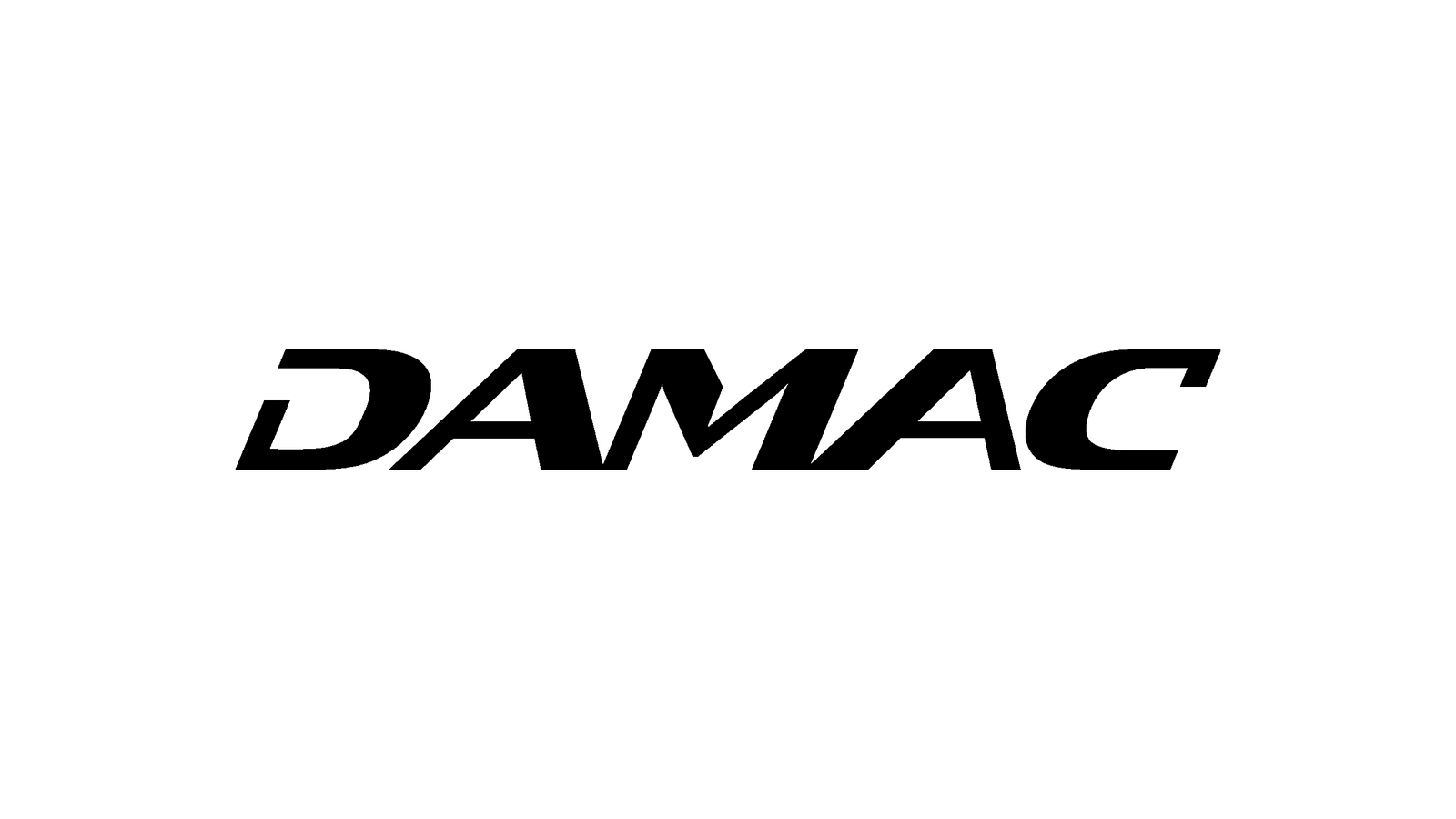The headlines are compelling: off-plan properties delivering capital appreciation of 20-30% by handover, and a market where over 60% of 2024 real estate transactions are in this dynamic sector. For the astute investor, these figures represent a significant opportunity. But you know that the real story—the one that separates a landmark investment from a cautionary tale—lies beyond the glossy brochures.
It’s about understanding and systematically mitigating the inherent risks.
This isn’t another generic “pros and cons” list. This is a playbook for the serious investor who is past the initial discovery phase and is now evaluating a high-value commitment. It’s a guide to building the confidence needed to make a decisive move, grounded in data and expert-led strategy.
The Real Risk Matrix: Moving Beyond Surface-Level Concerns
Most guides will mention “market volatility” or “project delays.” That’s beginner-level analysis. A sophisticated investor needs to dissect risk into its core components to address each one with precision. We can segment these challenges into four critical quadrants: Developer, Financial, Legal, and Management.
1. Developer & Project Risk: The Foundation of Your Investment
This is the single most important factor. The developer you choose is the bedrock of your investment. A poor choice here can undermine every other aspect of your strategy.
Mitigation Strategy: Execute Rigorous Due Diligence
Go beyond the marketing suite. Your evaluation should be as thorough as any business acquisition.
- Track Record & Financial Health: Don’t just look at what a developer is promising; look at what they have delivered. A deep dive into their [] is non-negotiable. Scrutinize their completed projects. Do they have a history of delivering on time and to the specified quality? An established developer with a multi-decade history and a portfolio of thousands of delivered homes presents a fundamentally different risk profile than a new entity.
- Decoding the Sales and Purchase Agreement (SPA): This legal document is more important than any render or model home. Many investors skim it. Don’t. Pay close attention to clauses defining completion dates, quality of materials, and penalties for delays. Vague language is a red flag. The SPA should be a document of precision, not aspiration.
- RERA Verification: Use the Dubai Land Department (DLD) and Real Estate Regulatory Agency (RERA) apps and websites. Verify the developer’s license, the project’s registration, and the status of the required escrow account. This is your first line of defense and takes only a few minutes.
2. Market & Financial Risk: Mastering the Numbers Game
Dubai’s market is famously dynamic. While this creates opportunity, it requires a clear understanding of economic cycles and the true cost of ownership.
Mitigation Strategy: Plan for Cycles and Calculate Everything
- Understand the Cycles: As the chart above shows, Dubai’s property market moves in cycles. The goal isn’t to perfectly time the bottom but to buy into a project from a developer with the financial resilience to thrive through any market condition. Projects launched by established players during downturns often represent the best long-term value.
- Calculate the True Cost: The sticker price is just the beginning. A professional calculation must include the 4% DLD registration fee, agent commissions, and future service charges. Forgetting these can turn a great investment into a marginal one. Projected rental yields of 7.5% to 8.5% in prime areas like Meydan are attractive, but they must be weighed against these total costs.
- Define Your Exit Strategy: Are you planning to flip the property before handover or hold it for rental income? Your strategy informs your purchase decision. A flipping strategy relies on short-term market appreciation, while a rental strategy focuses on long-term yield and the quality of the community’s amenities. Plan this from day one.
3. Legal & Regulatory Risk: Understanding Your Protections
For international investors, navigating a new legal landscape can feel daunting. However, Dubai has created one of the most transparent and investor-friendly regulatory environments in the world.
Mitigation Strategy: Leverage the System
- Trust the Escrow Account: Your payments for an off-plan property don’t go directly to the developer. They are held in a secure, RERA-approved escrow account and are only released to the developer upon meeting specific construction milestones. This is a powerful safeguard against project abandonment or misuse of funds.
- Know Your Rights: Dubai’s legal framework provides clear protections for off-plan buyers. For an in-depth look, review [] that outlines foreign ownership rights and dispute resolution mechanisms. Being informed is your best tool for navigating the process with confidence.
4. Post-Handover & Management Risk: Securing Your Long-Term Returns
The day you receive your keys is not the end of the journey; it’s the beginning of your asset management. This is where many overseas investors encounter unexpected challenges.
Mitigation Strategy: Professionalize Your Post-Handover Process
- The Snagging Process is Crucial: “Snagging” is the formal process of inspecting your new property for any defects before the final handover. Do not rush this. Hire a professional third-party snagging company. Their detailed report is your leverage to ensure the developer rectifies every issue, guaranteeing the quality you paid for.
- Abandon the “Passive Income” Myth: For an overseas investor, self-managing a property is a significant drain on time and resources. Tenant screening, maintenance, and compliance are active jobs. Engaging a professional property management firm from the outset protects your investment, ensures consistent occupancy, and transforms a potential headache into a truly passive income stream.
The Mitigation Blueprint: Your Action Plan for Confident Investing
Use this checklist as a framework for every potential off-plan investment you evaluate.
- Developer Deep Dive: Vet the developer’s complete project history, financial stability, and delivery record.
- SPA Scrutiny: Engage legal counsel to review every clause of the Sales and Purchase Agreement.
- Total Cost Calculation: Accurately budget for the DLD fee (4%), agency fees, and estimated annual service charges.
- Exit Strategy Definition: Clearly define whether your primary goal is capital appreciation (flip) or rental yield (hold).
- Regulatory Verification: Use official DLD/RERA channels to confirm project and escrow account registration.
- Professional Snagging: Budget for and schedule a third-party snagging inspection before final handover.
- Property Management Plan: Research and select a reputable property management company before the property is completed.
Making the Go/No-Go Decision with Confidence
Investing in Dubai’s off-plan luxury market carries undeniable risks, but each one is manageable. They are not reasons to avoid the market; they are parameters that demand a systematic, professional approach.
By shifting your focus from simply chasing returns to methodically mitigating risks, you move from being a speculator to a strategic investor. The path to significant returns is paved with thorough due diligence, expert advice, and an unwavering focus on quality.
When you’re ready to move from evaluation to action, the next step is to discuss your strategy with an expert who understands this landscape intimately. A conversation with a specialist can help validate your research and provide tailored insights into the best-vetted opportunities in the market today. You can [] to align your investment goals with a tangible plan.
Frequently Asked Questions for the Astute Investor
Is Dubai’s off-plan market a bubble waiting to burst?
Dubai’s market is cyclical, not speculative in the way it once was. With a growing population, strategic economic diversification, and strong government oversight through RERA, the market fundamentals are far more robust. The key is investing in master-planned communities with enduring value, not just isolated towers.
How can I be sure the final property will match the marketing brochure’s quality?
This comes down to developer reputation and the SPA. An established developer has a brand to protect and a track record of quality. Branded residences, for example, have an additional layer of quality control from the partner brand (e.g., Versace, de GRISOGONO), ensuring standards are met. Your SPA should also have specific clauses about material quality and finishing standards.
What are the real hidden costs beyond the purchase price?
The main government fee is the 4% Dubai Land Department registration fee. Beyond that, you should account for the agent’s commission (if applicable), the registration of your title deed, and the first year’s service charges, which are often paid in advance. A transparent advisor will provide you with a full statement of costs upfront.
How much control do I have if a project is delayed?
RERA regulations provide protections for investors in case of significant delays. The SPA is also critical here; it should clearly outline the developer’s obligations and the compensation or recourse available to you if completion deadlines are missed. A reputable developer will maintain proactive communication about project timelines.
Disclaimer: The information presented in this article is for general informational purposes only. The details provided are based on the best information available at the time of publication and may be subject to change without notice due to potential updates in educational policies or scheduling adjustments by the respective authorities. Readers are advised to contact the relevant offices directly for the most accurate and current information.



